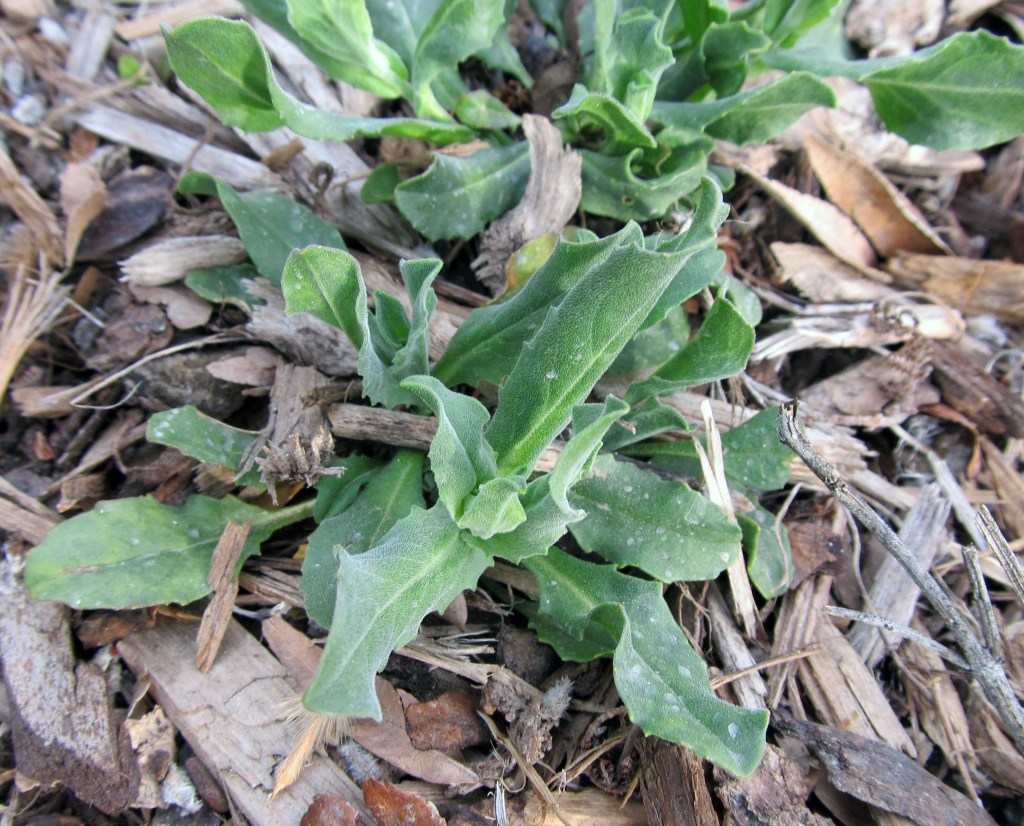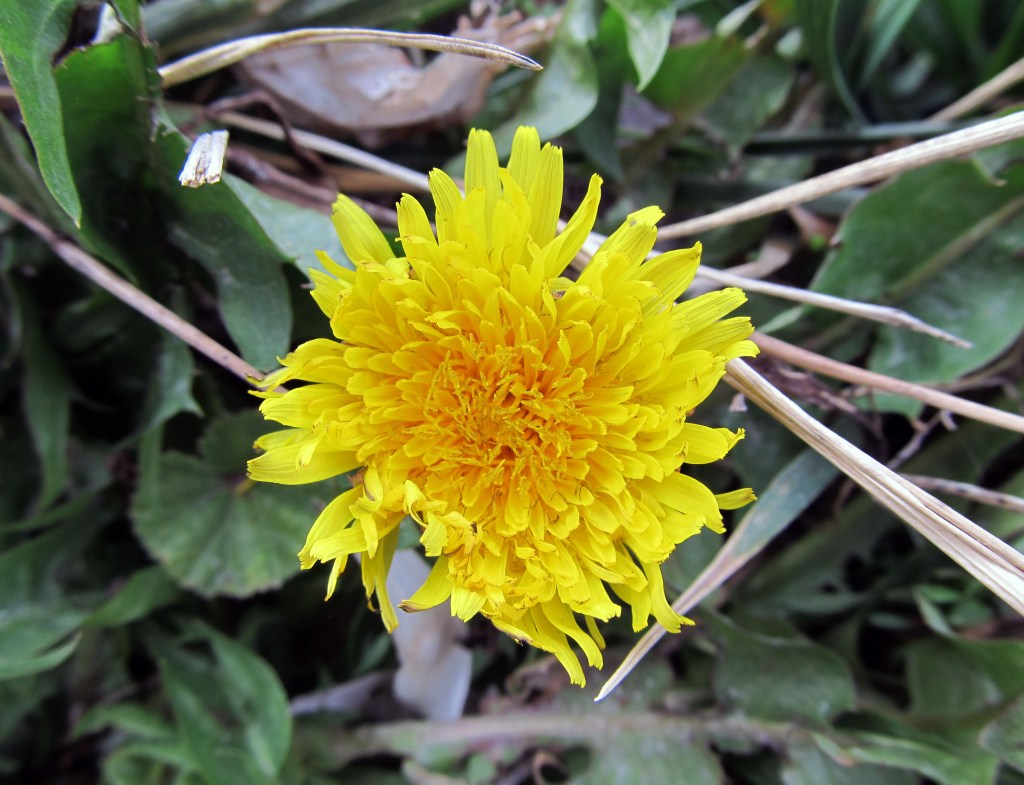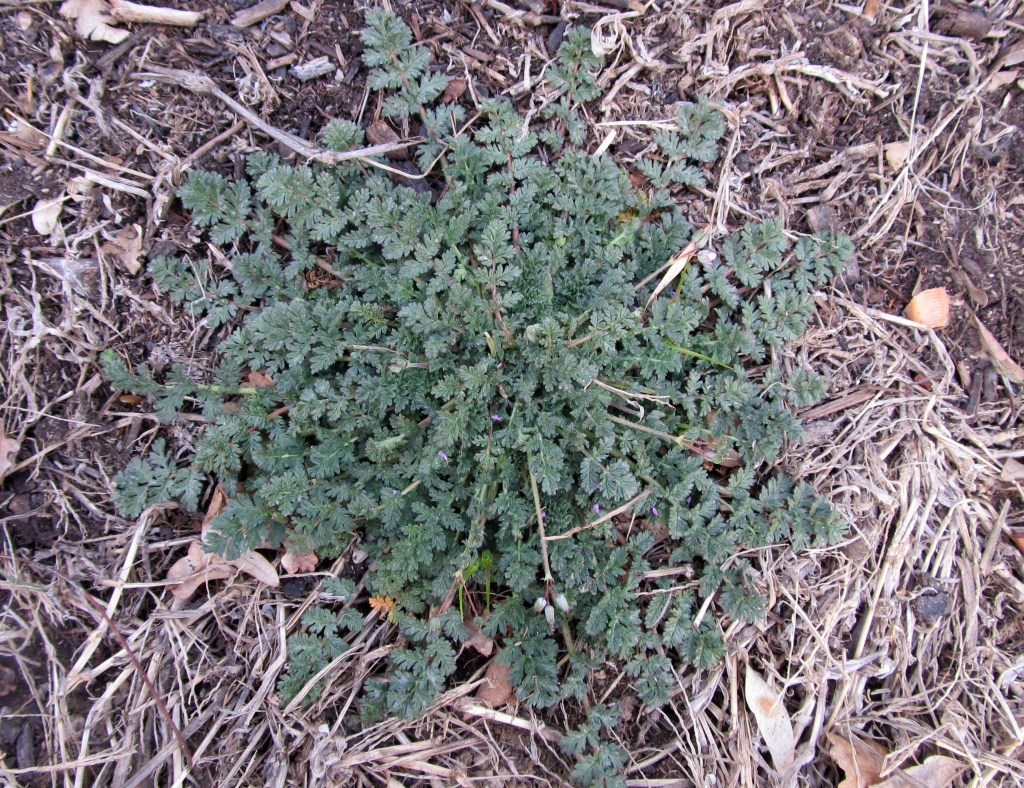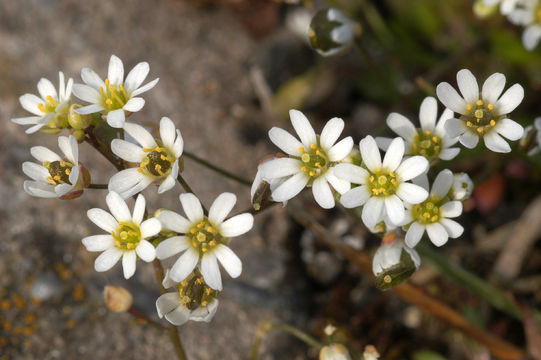Last December, Sierra and I left apartment living behind and embarked on a new journey as homeowners, which you can read about in this January’s Year in Review post. This means that Awkward Botany Headquarters now has a yard, and having a yard means we also have weeds.
For many people living in urban areas, the weeds of most concern to them are the ones found in their yards, especially for those that garden or like to keep a tidy yard. Removing weeds is a constant chore. They are always popping up and getting in the way of our plans. In fact, that’s the very definition of a weed – an uninvited plant growing in a location where it isn’t wanted. Despite our best efforts, our yards are always going to have some amount of weeds in them, so what better place to familiarize yourself with your wild urban flora than in your own yard? Or, in this case, our yard.
Our house is located in an area of Boise called the Bench. The Boise Bench, which is actually a series of benches or terraces, is located south of the Boise River and overlooks downtown Boise. The formation of the benches began 2 million years ago as the Boise River cut through the valley. Over time, sediments were deposited at the south bank of the river as it cut further and further northward, leaving behind the series of large terraces. Early in Boise’s history, the Bench was largely agricultural land thanks to the construction of canals. As the city grew, housing and commercial developments expanded across the Bench and have now displaced most of the farmland. Urbanization of the Boise Bench continues today at a steady clip.
While I haven’t had a chance to explore every square inch of the yard, and the growing season is just getting started, what follows are a few photos and a short list of some of the weeds I’ve encountered so far.









- Arctium minus (burdock)
- Bromus hordeaceus (soft brome)
- Bromus tectorum (cheatgrass)
- Capsella bursa-pastoris (shepherd’s purse)
- Cichorium intybus (chicory)
- Cirsium arvense (creeping thistle)
- Chondrilla juncea (rush skeletonweed)
- Dactylis glomerata (orchardgrass)
- Digitaria sanguinalis (crabgrass)
- Draba verna (spring draba)
- Echinochloa crus-galli (barnyard grass)
- Elymus repens (quackgras)
- Epilobium sp. (willowherb)
- Erodium cicutarium (redstem filaree)
- Euphorbia maculata (spotted spurge)
- Galium aparine (cleavers)
- Hordeum murinum (wild barley)
- Lactuca serriola (prickly lettuce)
- Lepidium sp. (white top)
- Malva neglecta (common mallow)
- Matricaria discoidea (pineappleweed)
- Poa bulbosa (bulbous bluegrass)
- Polygonum sp. (knotweed)
- Portulaca oleracea (purslane)
- Prunella vulgaris (self-heal)
- Sonchus sp. (sowthistle)
- Taraxacum officinale (dandelion)
- Tragopogon dubius (salsify)
- Ulmus pumila (Siberian elm)
- Verbena bracteata (bigbract verbena)
- Veronica sp. (speedwell)
Like all posts in the Weeds of Boise series, this will be updated as I identify and photograph more of the weeds found in this location. Do you have a yard in an urban area? What weeds are you seeing in your yard this year? Let us know in the comment section below.





